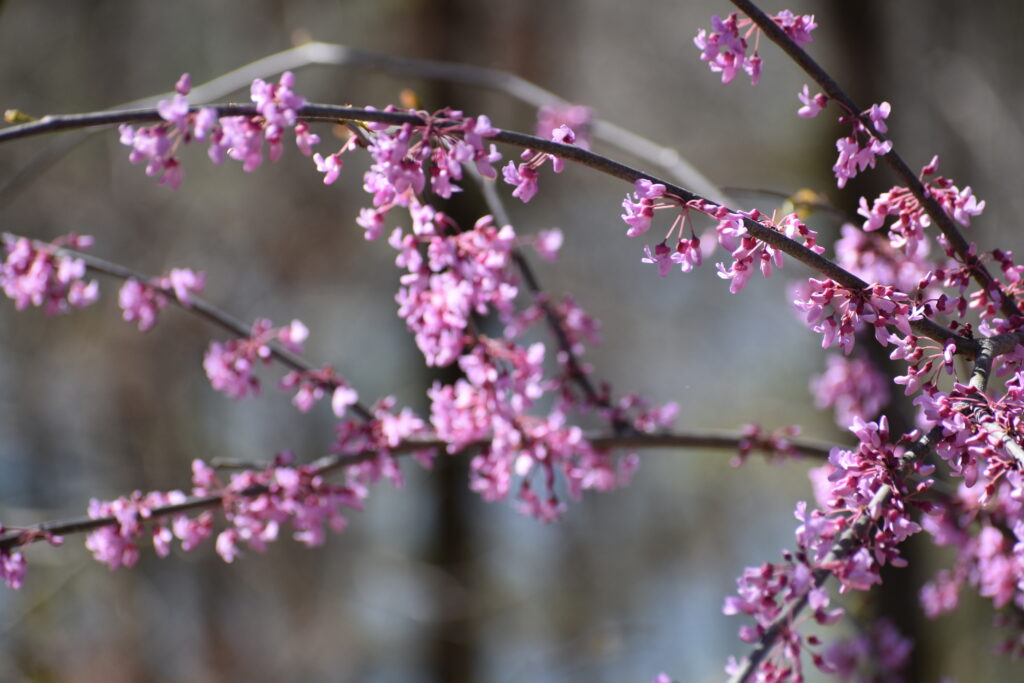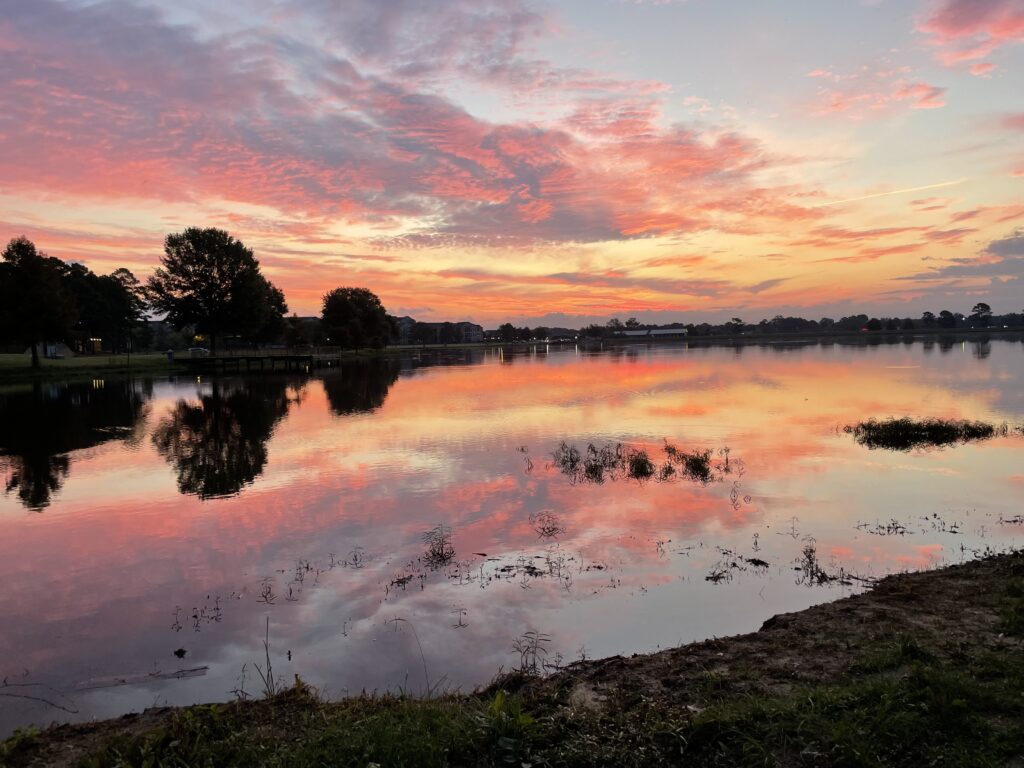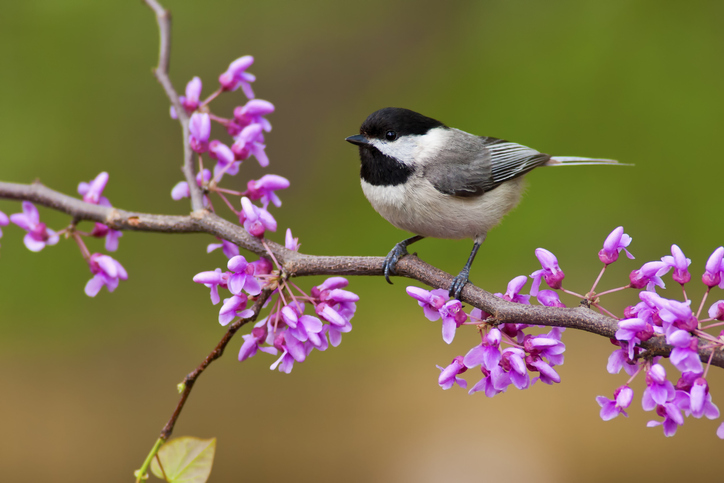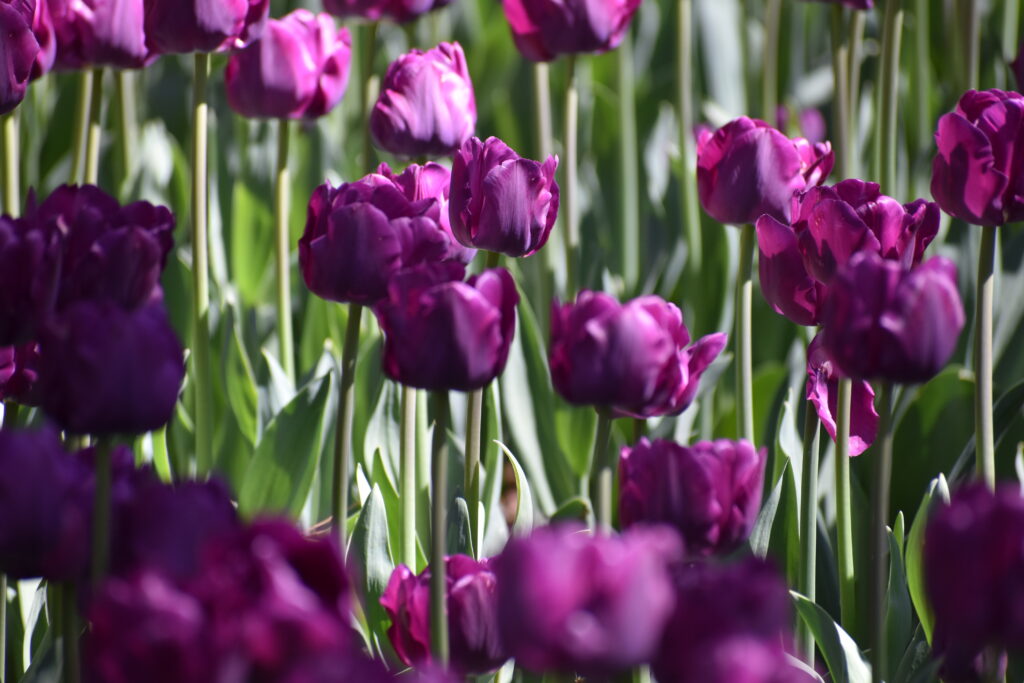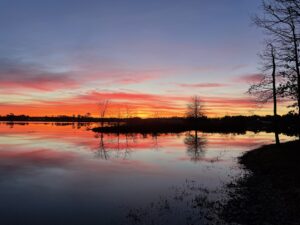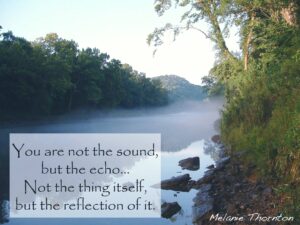
She carried a flashlight to make the ground brighter.
And there she spotted us, around and beside her.
Some of us glowed emerald and some a bit lighter.
What are we?
When I go outside at night, I often wear headlamp to keep an eye out for snakes. Recently while out in the yard, I got a real treat. All across the yard were green sparkles. These tiny sparkles were the shining eyes of wolf spiders. Wolf spiders have a structure called a tapetum which reflects light onto their retina, allowing them to see better at night. Try it yourself. Go out with a flashlight and shine it on the ground. When you see a greenish sparkle, follow it and it will lead you to a spider. Sometimes the beauty around us reveals itself in subtle but spectacular ways.
… Read the full post “Emerald Eyes”To the dull mind nature is leaden. To the illumined mind the whole world burns and sparkles with light.
Ralph Waldo Emerson
